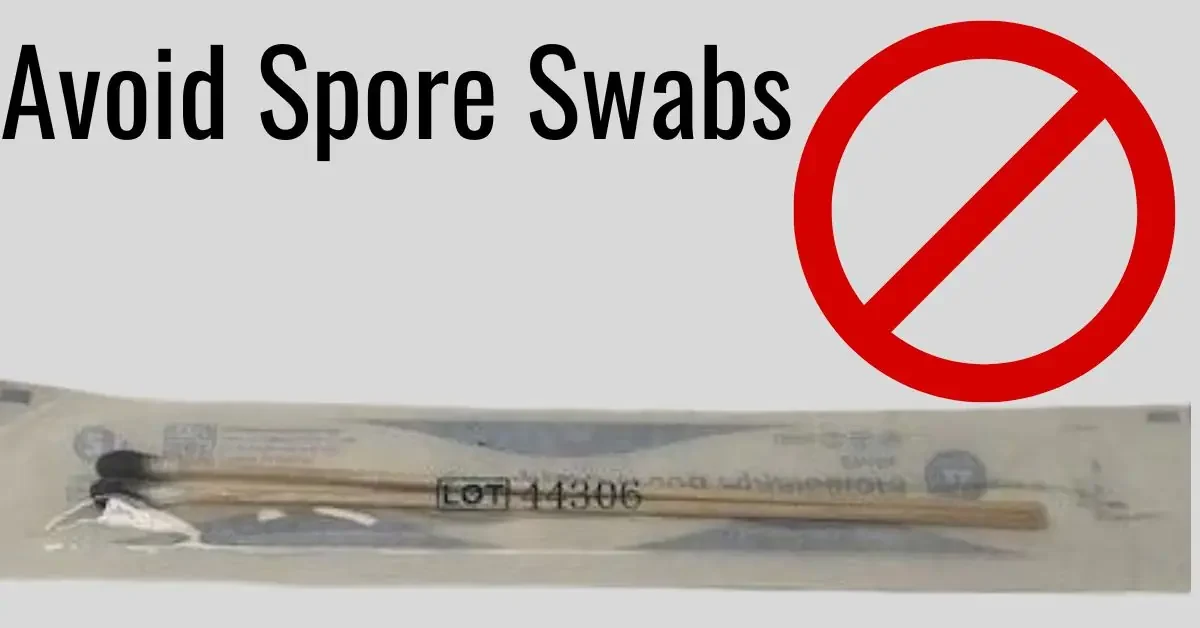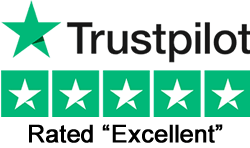
Mushroom spore swabs seem to be gaining popularity, but are they really that great compared to spore syringes or liquid culture? In this article, we will discuss spore swabs in detail and dispel any myths about them so that you can choose what kind of mushroom spore product you should purchase.
A mushroom spore swab is a sterile cotton q-tip that is scraped against the gills of a mushroom to obtain the mushroom’s spores. Mushroom spore swabs are used for various purposes, including storing, transporting, examining, and propagating mushroom spores. The spores are collected on the swab, which can then be stored for future use, transported to another location, analyzed, and studied under a microscope, or used to propagate mushrooms.
The best alternatives to a spore swab are spore syringes and liquid culture syringes. These items are at much lower risk for contamination. In addition, spore and liquid culture syringes are made frequently, even by hobbyists with little experience making them. There is little to no chance of receiving contaminated samples if the spore vendor has the proper equipment and expertise to produce these items in bulk, which can be complicated compared to a hobbyist only making one or two syringes at a time.
Furthermore, using a spore syringe or liquid culture will be much easier for someone new as it does not require using any special equipment to succeed.
As a professional spore vendor, we determine that spore swabs should be avoided, especially by beginners. The risk of contamination is too high. Using them also requires the buyer to have a laboratory-grade flow hood to ensure that they create pure cultures (if the spore swab did not arrive contaminated by the spore vendor).
